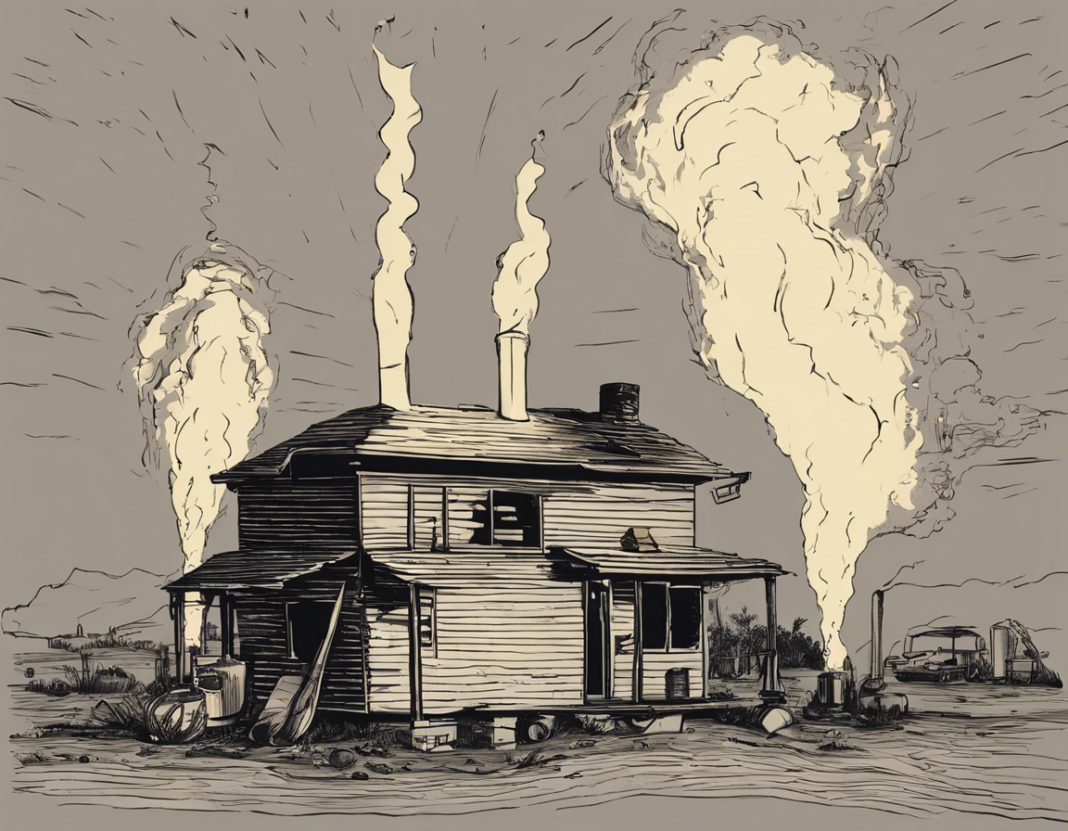Introduction:
Kerosene, a versatile and widely-used liquid fuel, has been primarily known for its use in lamps, heaters, and stoves. However, recently there has been an increasing interest in utilizing kerosene as a non-fossil fuel solution. This article aims to explore the various facets of kerosene as an alternative fuel and its potential in the transition towards a more sustainable energy future.
History of Kerosene:
- Kerosene was first derived from coal by Abraham Gesner in 1846.
- Its popularity soared when it replaced whale oil for lighting in the mid-19th century.
- The invention of the kerosene lamp revolutionized domestic lighting and spurred industrial development.
Properties of Kerosene:
- Density: Kerosene is less dense than water, making it float on its surface.
- Flammability: It is highly flammable and burns cleanly with a bright flame.
- Energy Content: Kerosene has a high energy density, making it an efficient fuel for heating and lighting.
- Stability: It is relatively stable and has a long shelf life without deteriorating.
Use of Kerosene as a Non-Fossil Fuel:
- Bio-Kerosene: Produced from sustainable biomass sources, bio-kerosene is a renewable alternative to traditional kerosene.
- Aviation Fuel: Some airlines have started using bio-kerosene blends to reduce their carbon footprint.
- Heating: Kerosene heaters are commonly used in regions without access to natural gas or electricity.
- Cooking: Portable kerosene stoves provide an off-grid cooking solution in rural areas.
Environmental Impact of Kerosene:
- Carbon Emissions: Kerosene combustion emits carbon dioxide (CO2) and contributes to climate change.
- Air Quality: Indoor use of kerosene can lead to indoor air pollution and health issues.
- Spills: Accidental spills of kerosene can contaminate soil and water sources.
Advantages of Kerosene as a Non-Fossil Fuel:
- Versatility: Kerosene can be used for heating, lighting, cooking, and transportation.
- Energy Density: It provides a high energy content per unit volume, making it efficient for various applications.
- Storage: Kerosene has a long shelf life and does not deteriorate quickly.
- Readily Available: Kerosene is widely accessible in many parts of the world.
Challenges and Limitations:
- Carbon Footprint: Kerosene is still a fossil fuel, and its combustion contributes to greenhouse gas emissions.
- Health Hazards: Indoor use of kerosene can lead to respiratory issues and indoor air pollution.
- Infrastructure: Limited infrastructure for bio-kerosene production and distribution hinders its widespread adoption.
Future Prospects:
- Research and Development: Continued research on bio-kerosene and clean combustion technologies can mitigate environmental impacts.
- Policy Support: Government incentives and regulations can promote the use of kerosene alternatives.
- Public Awareness: Educating the public about the benefits of non-fossil fuel alternatives can drive consumer demand.
Conclusion:
In conclusion, kerosene, traditionally a fossil fuel, holds potential as a non-fossil fuel solution in the transition towards a more sustainable energy mix. By exploring bio-kerosene and enhancing clean combustion technologies, we can harness the versatility of kerosene while mitigating its environmental impact. With concerted efforts in research, policy support, and public awareness, kerosene can play a significant role in the global shift towards cleaner energy sources.
Frequently Asked Questions (FAQs):
-
Is kerosene a renewable fuel?
No, kerosene is a fossil fuel derived from petroleum or shale oil. However, bio-kerosene produced from biomass sources is a renewable alternative. -
What are the main uses of kerosene today?
Kerosene is primarily used for heating, lighting, cooking, and as an aviation fuel in commercial flights. -
Is kerosene safe to use indoors?
Kerosene should be used in well-ventilated areas to prevent indoor air pollution and health hazards associated with its combustion. -
How does bio-kerosene differ from traditional kerosene?
Bio-kerosene is produced from sustainable biomass sources, reducing its carbon footprint compared to traditional kerosene derived from fossil fuels. -
Can kerosene be used as a transportation fuel?
Kerosene is commonly used as jet fuel in aviation but has limited applications in other modes of transportation due to its characteristics and availability. -
Are there any alternatives to kerosene for off-grid heating and lighting?
Renewable energy sources like solar power, biomass pellets, and biogas are sustainable alternatives to kerosene for off-grid heating and lighting. -
What measures can be taken to reduce the environmental impact of kerosene use?
Improving combustion efficiency, promoting the use of bio-kerosene, and investing in clean energy technologies can help reduce the environmental impact of kerosene use. -
How can individuals contribute to reducing kerosene consumption?
Individuals can switch to energy-efficient appliances, invest in renewable energy solutions, and support policies that promote clean energy transition to reduce kerosene consumption. -
Is kerosene more cost-effective than other fuel options?
The cost-effectiveness of kerosene compared to other fuel options depends on factors like availability, energy efficiency, and infrastructure in a particular region. -
What role can governments play in promoting non-fossil fuel alternatives like kerosene?
Governments can provide incentives for bio-kerosene production, invest in clean energy research, and implement regulations to limit the use of traditional kerosene in favor of sustainable alternatives.






